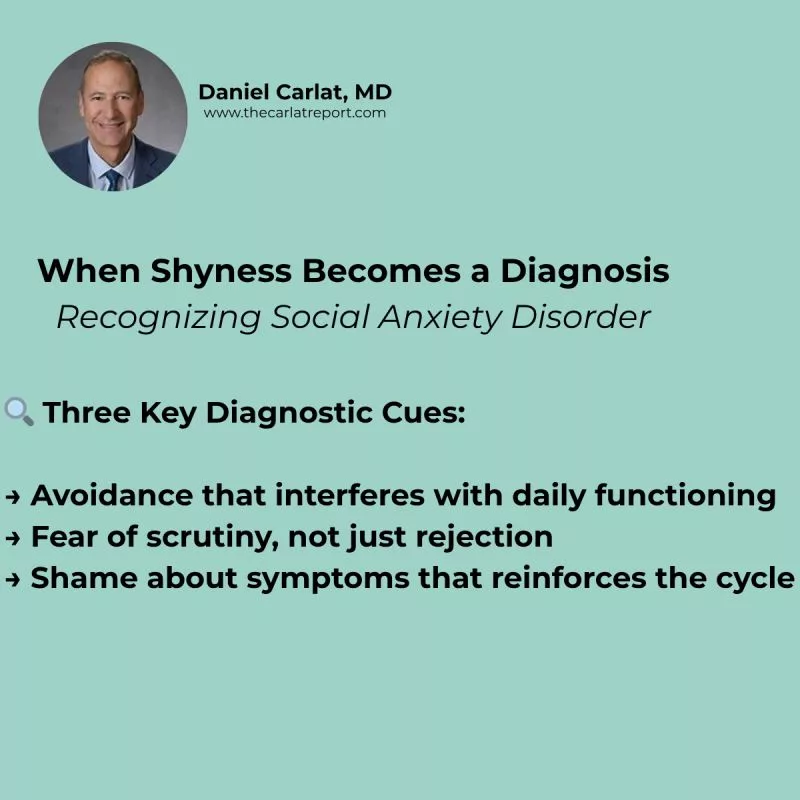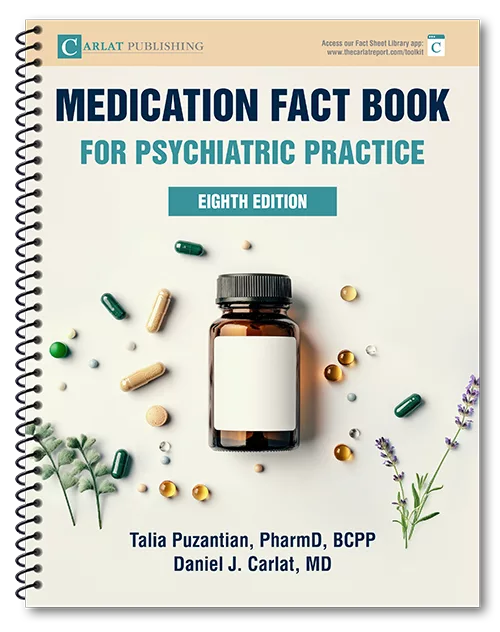We talk about social anxiety like it’s just shyness with a clinical name. But for some patients, it’s life-halting.
Randall was 17 when he came to my office. He could barely meet my eyes. He spoke in a whisper so soft I had to lean in to hear him. He wasn’t psychotic. He wasn’t paranoid. But he was, in his words, “terrified” of social encounters.He was skipping school, flunking classes, and convinced his classmates were scrutinizing him. Not because he believed they meant him harm—but because he couldn’t stop imagining their judgment.
His symptoms fit the textbook definition of Social Anxiety Disorder: “a persistent fear of one or more social or performance situations in which the person is exposed to unfamiliar people or to possible scrutiny by others.”
Social Anxiety Disorder sits at the border between temperament and illness.
The critique that psychiatry “pathologizes normal behavior” isn’t new. And in some ways, it’s valid.
Yes, we’re drawing diagnostic lines through a spectrum of human experience. But we don’t diagnose every bookish teen with “social phobia.” We treat the ones who are suffering. Who can’t function. Who come to us asking for help.And when they do, the stakes are real.
Here’s how I think about diagnosing SAD:
→ It’s not just discomfort in social situations—it’s avoidance that interferes with life.
→ The fear isn’t just of being disliked—it’s of being humiliated, rejected, or exposed.
→ The internal loop is relentless: “They’ll see I’m anxious. They’ll judge me for it. I’ll fall apart.”
→ It’s ego-dystonic—these patients are often painfully aware of their symptoms, and ashamed of them.
In the next post, I’ll share how we treated Randall. For now, I’m curious: How do you decide when shyness becomes a diagnosis? What makes you name it—and what makes you wait?
Join the conversation on LinkedIn with Dr. Carlat


_-The-Breakthrough-Antipsychotic-That-Could-Change-Everything.webp?t=1729528747)



